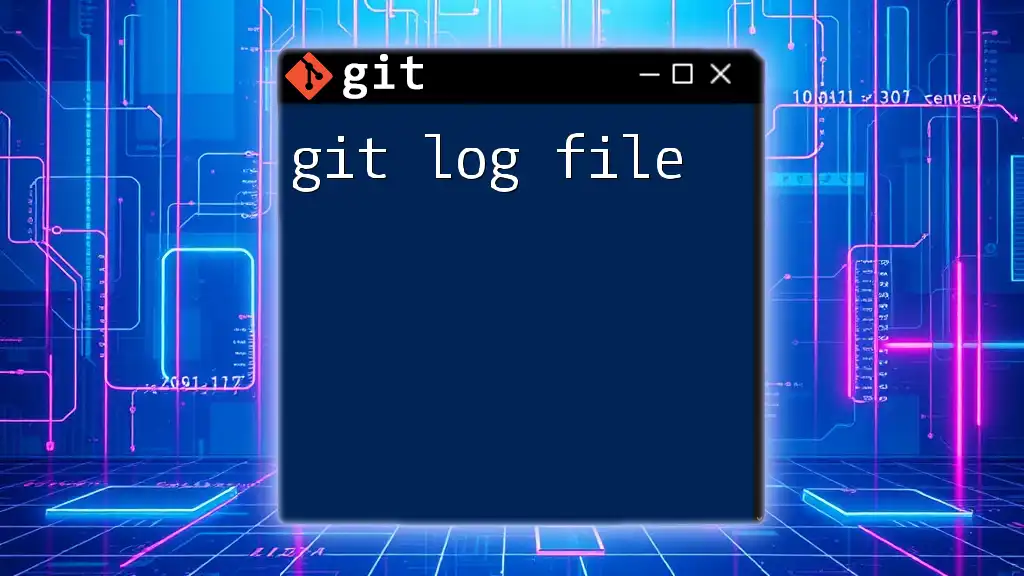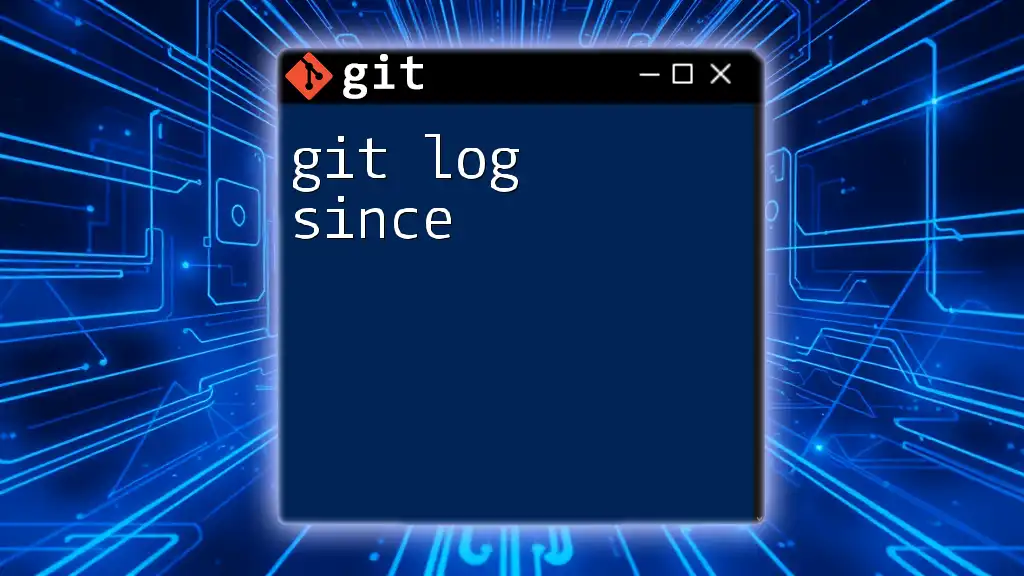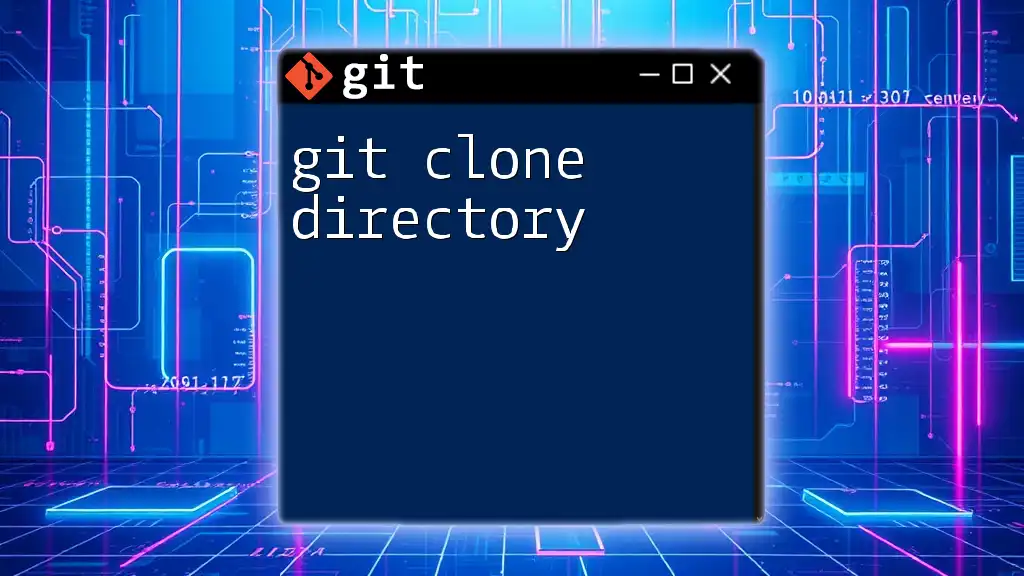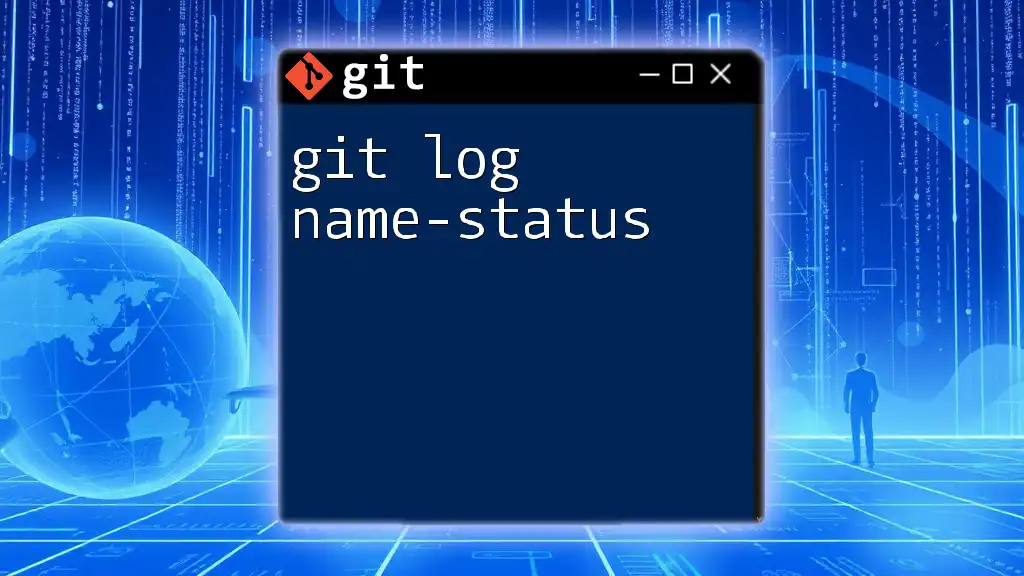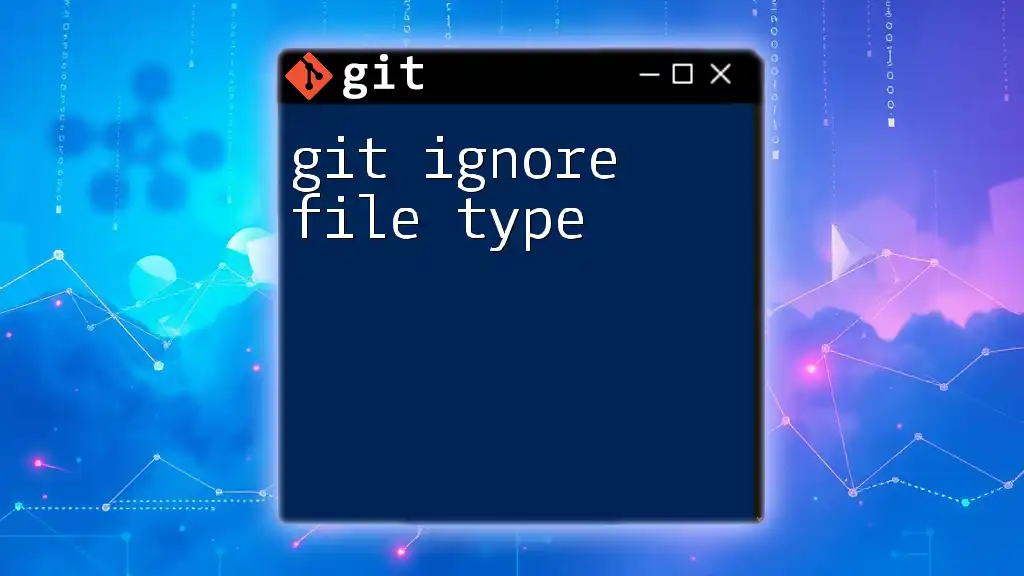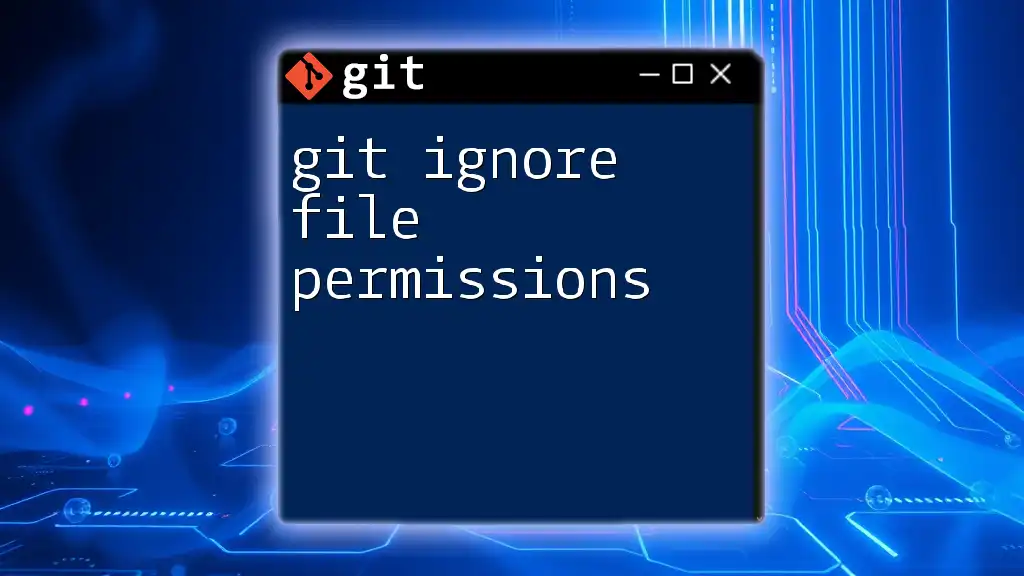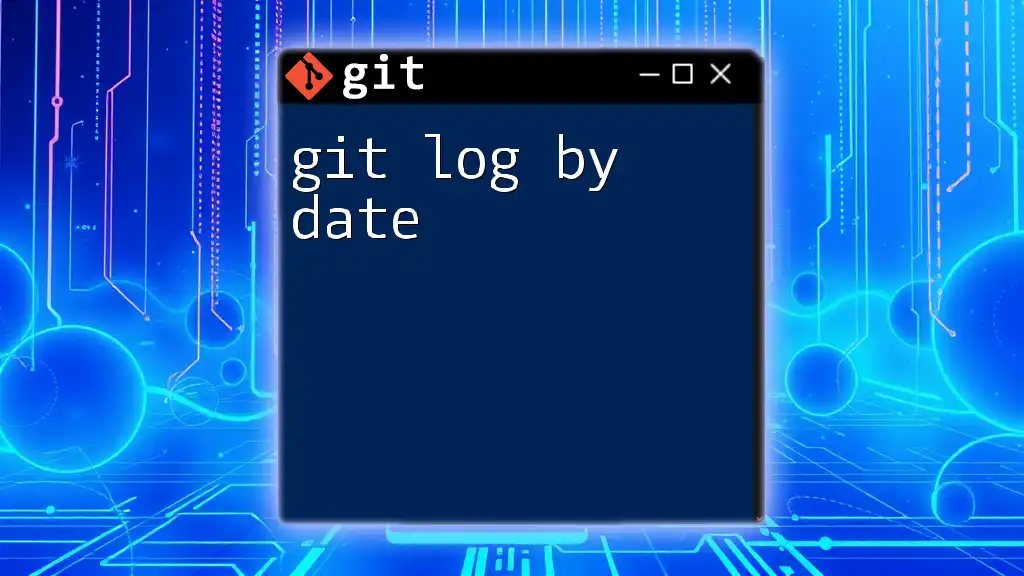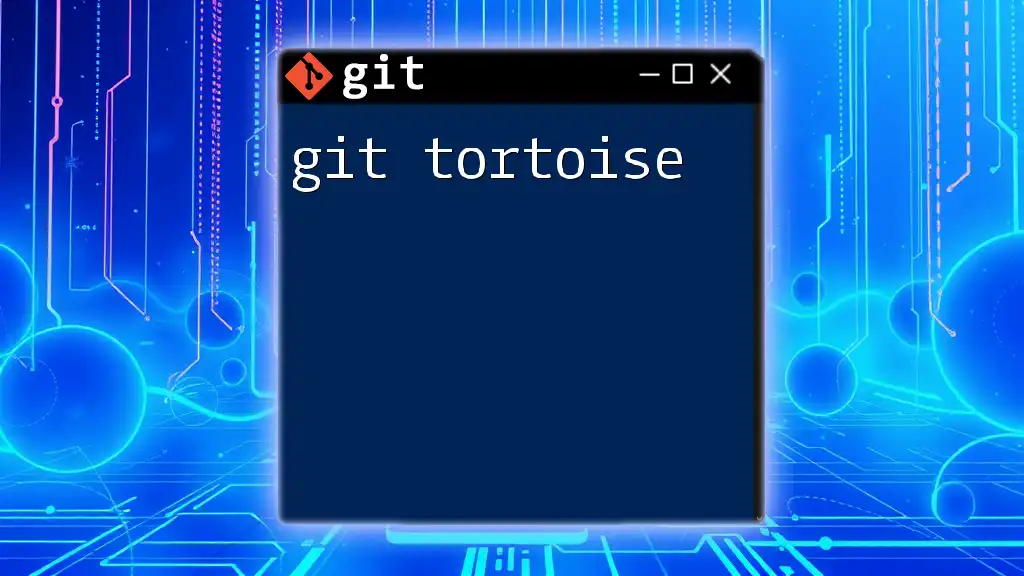The `git log --oneline` command provides a streamlined view of the commit history, displaying each commit's hash and message in a single line for quick reference.
git log --oneline
Understanding `git log --oneline`
The command `git log --oneline` is an efficient and concise way to view your project's commit history. With just a single command, it yields neatly formatted output that highlights each commit's shortened hash and message, providing a quick glance at the changes made over time.
The Syntax
To execute this command, simply use:
git log --oneline
This command retrieves all commits in your current branch in a simplified format, making it ideal for a rapid review of changes.
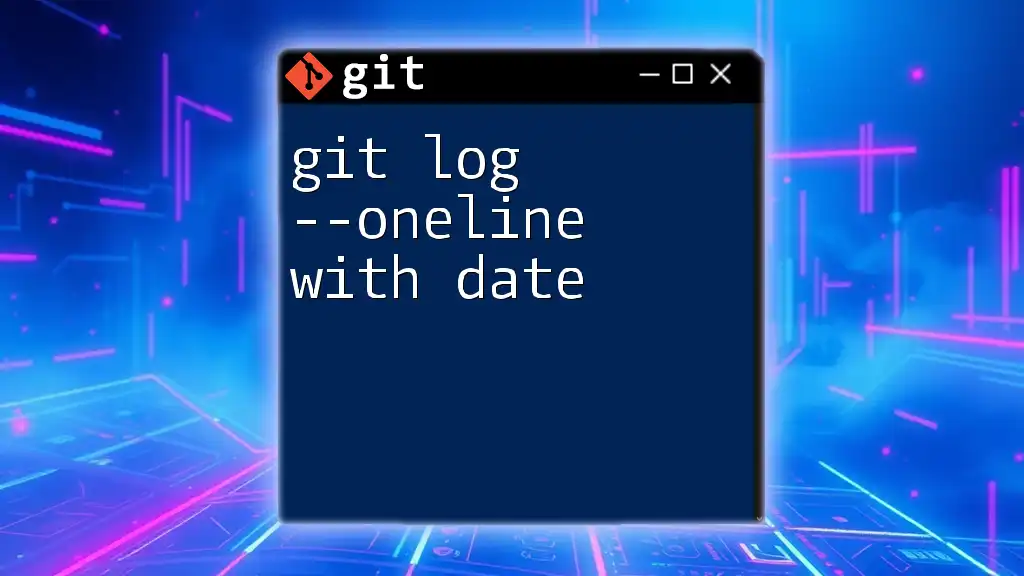
Why Use `git log --oneline`?
Using `git log --oneline` brings various advantages to your Git workflow.
Clarity and Conciseness
One of the primary advantages is the clarity it offers. Traditional logs can be verbose, filled with detailed commit messages and additional metadata that can be overwhelming. The `--oneline` option distills this information into two essential components:
- Commit Hash: A short identifier that uniquely represents each commit.
- Commit Message: A brief summary of the changes introduced in that commit.
Quick Overview of Commit History
The ease of use makes `git log --oneline` perfect for quickly assessing the project’s history. Whether you are trying to recall the last few changes or prepare for a code review, this command provides a swift snapshot of your commit landscape without navigating through lengthy details.
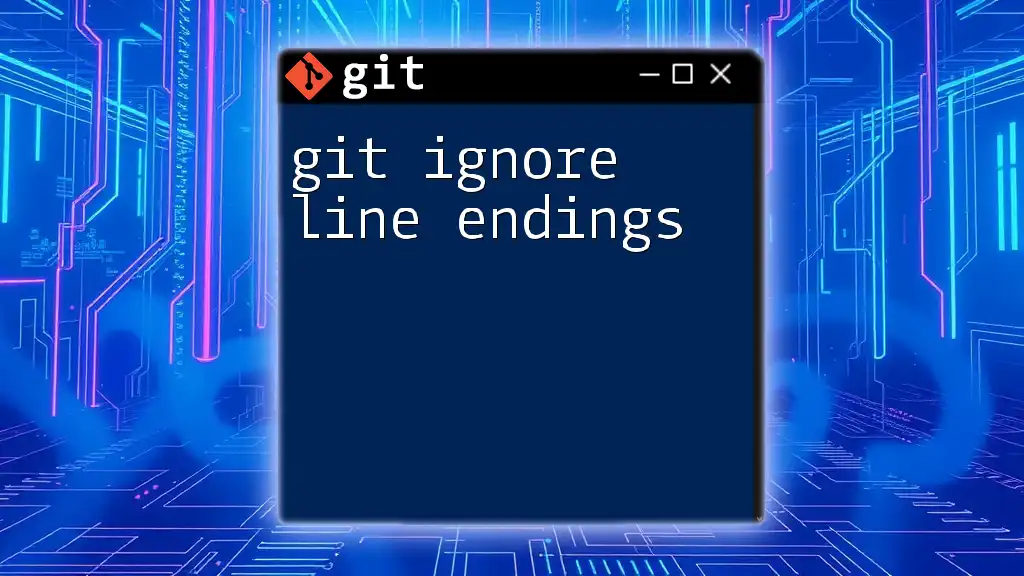
How to Use `git log --oneline`
Basic Usage Example
To check your commit log, simply type:
git log --oneline
You might see output such as the following:
abc1234 Update README.md
def5678 Fix bug in payment processing
ghi9012 Add new feature for notifications
Here, each line reflects a single commit, allowing you to easily reference what was changed at a glance.
Understanding Output Format
The output consists of two main parts:
- Commit Hash: (e.g., `abc1234`) A shortened identifier for each commit that helps you refer to it easily.
- Commit Message: (e.g., `Update README.md`) A brief description of what changes were made in that commit, usually written by the developer.
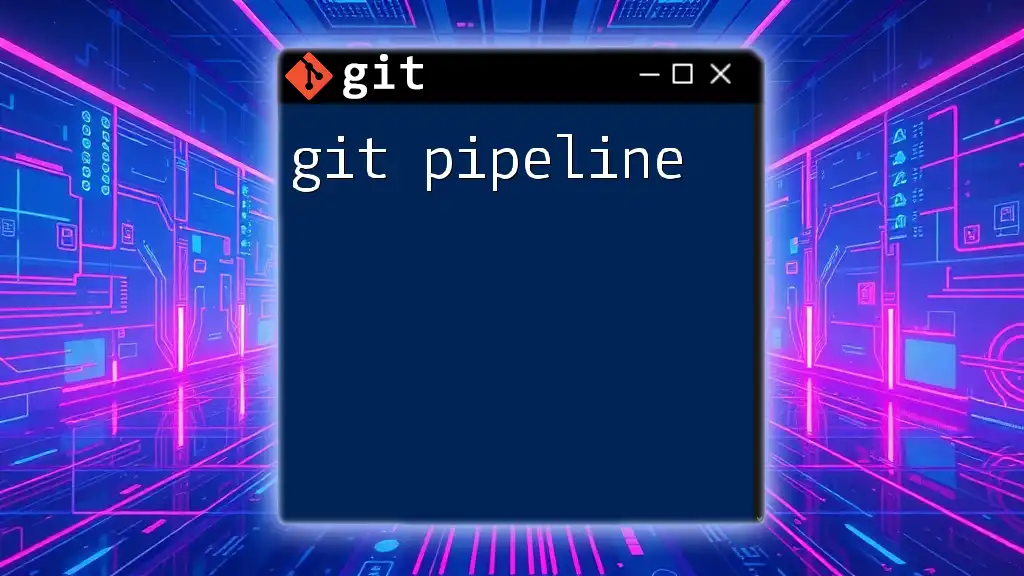
Adding Options to `git log --oneline`
Limit the Number of Entries
To prevent overwhelming output, you may want to limit the number of entries shown. You can do this using the `-n` option:
git log --oneline -n 5
This command will give you the last five commits, keeping your overview brief and relevant.
Filtering by Branches
Imagine you’re working on multiple branches. To view commits on a specific branch, use:
git log --oneline branch-name
Replace `branch-name` with the name of the branch you wish to inspect. This will focus your log on the relevant commits, avoiding distraction from other branches.
Combining with Other Flags
Visualizing History with `--graph`
To get a visual representation of your commit history, incorporate the `--graph` flag:
git log --oneline --graph
This provides a textual graph that outlines the relationship between commits, helping you to visualize branches and merges clearly.
Showing Branches and Tags with `--decorate`
Using the `--decorate` option enhances your output further:
git log --oneline --decorate
This command will decorate your commits with tags and branch names, providing context that can be crucial for understanding the state of your repository.
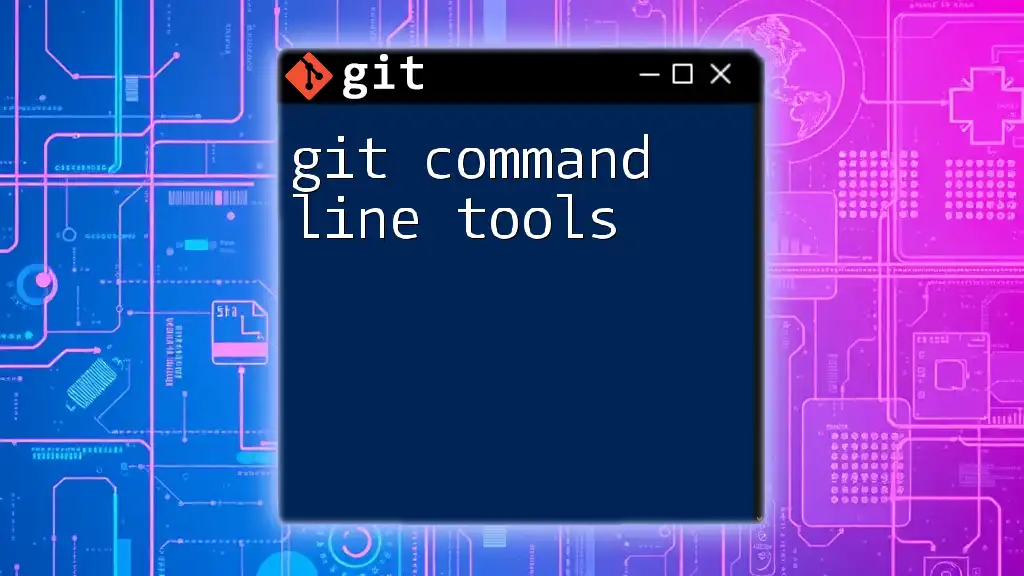
Advanced Usage Scenarios
Searching Commit Messages
If you need to find specific changes, you can employ the `--grep` option, allowing you to search through commit messages:
git log --oneline --grep="fix"
In this example, the output will include only those commits that contain the word "fix" in their messages.
Filtering by Dates
To filter commits by specific dates, leverage `--since` and `--until` options:
git log --oneline --since="2023-01-01" --until="2023-01-31"
This command outputs commits made within the month of January 2023, enabling you to track changes over specific periods effectively.
Customizing Output Format
Sometimes you may prefer a more tailored view of your commit history. The `--pretty=format` option can help with that:
git log --oneline --pretty=format:"%h - %an, %ar : %s"
In this format, `%h` refers to the abbreviated hash, `%an` represents the author’s name, `%ar` shows how long ago the commit was made, and `%s` is the commit message. Customizing output can make analyzing your log far more intuitive.
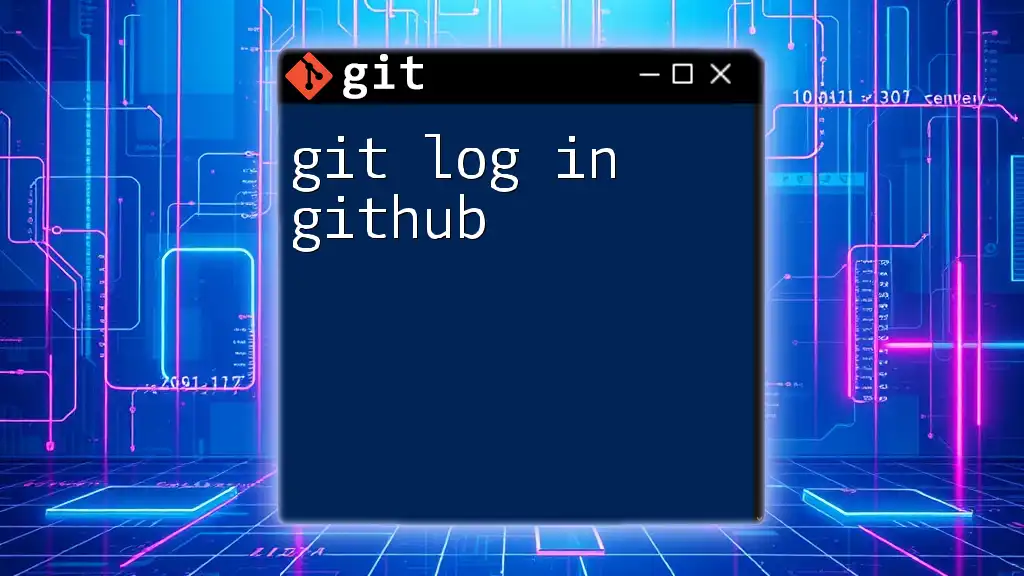
Practical Tips for Effective Log Management
Writing Clear Commit Messages
To maximize the benefits of `git log --oneline`, ensure your commit messages are clear and meaningful. A good commit message should succinctly summarize what has changed, making logs much more valuable and easier to navigate.
Regularly Use `git log --oneline`
Habitual usage of `git log --oneline` can significantly enhance your project management skills. Regularly checking the commit log can help you stay informed about your team’s changes and the overall evolution of your project.
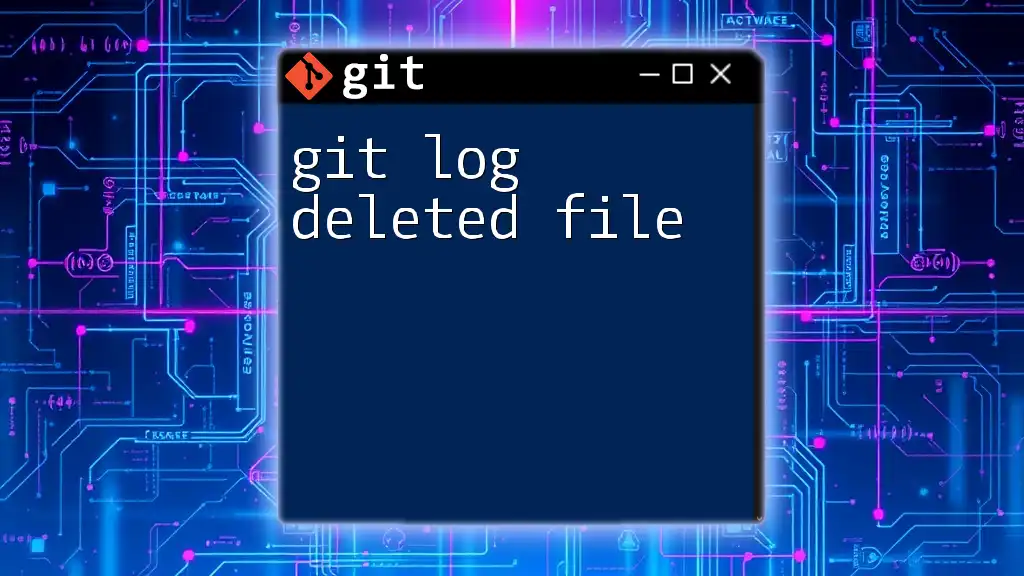
Common Issues and Troubleshooting
Output Too Long/Cluttered
If your output appears too lengthy or cluttered, consider utilizing filtering options as discussed, or exporting the log to a file for easier handling:
git log --oneline > log.txt
This command sends your log output to a text file named `log.txt`, allowing you to analyze it without being limited by terminal space.
Navigating Through Logs
For long logs, use built-in terminal commands like `less` to navigate efficiently. Simply pipe your log with:
git log --oneline | less
You can scroll through your logs smoothly, making it easier to focus on what you need.
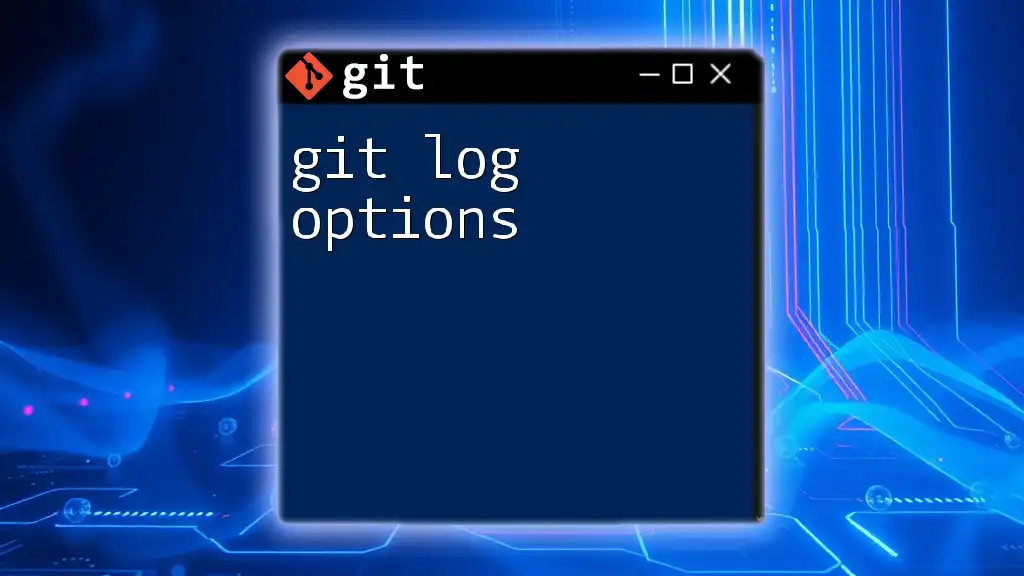
Conclusion
In essence, `git log --oneline` is an essential command in your Git toolkit, providing clarity, quick access to important history, and a streamlined way to manage project changes.
By mastering this command and its various options, you’ll enhance both your productivity and understanding of your codebase. Encourage continual practice with it and observe how it enriches your software development process.
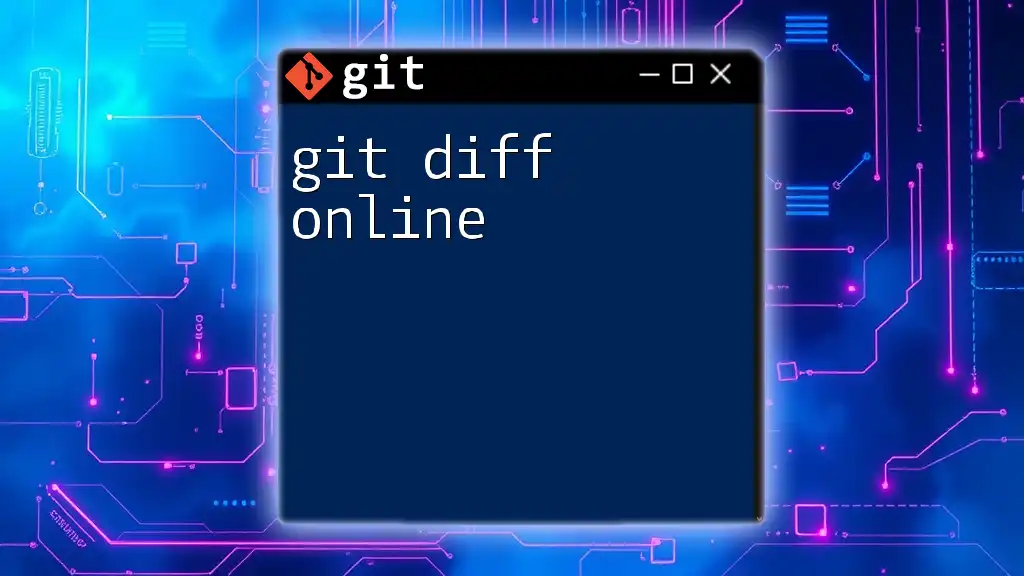
Additional Resources
For further exploration and learning, consider consulting the official Git documentation to delve deeper into advanced features and best practices. Online tutorials also offer valuable insights into mastering Git commands, equipping you with the skills necessary for effective version control in your projects.







